Affiliate links on Android Authority may earn us a commission. Learn more.
USB Type-C: Not living up to the potential it can B (for now)
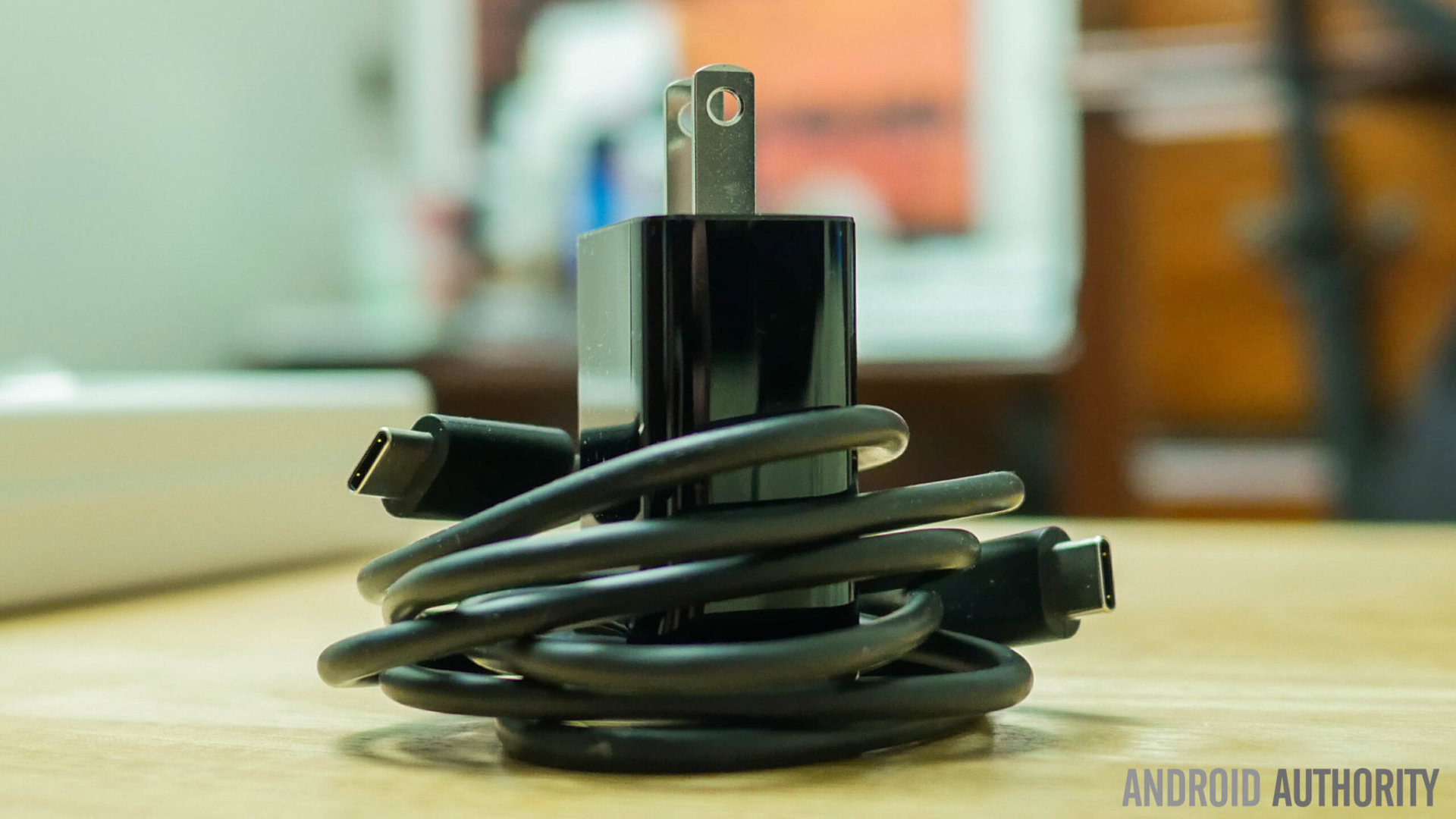
New proprietary format standards are a hard sell: One need only look into the past few decades to notice a distinctive trend when it comes to an industry-wide adoption of new standards. Both CDs and DVDs took considerable time to transition from their respective cassette tape and VHS predecessors.
The problem is perhaps more pronounced with device connectivity however: Apple drove millions of its customers bonkers upon introducing the Lightning Port which rendered about a gazillion third-party peripherals useless without an adapter. And now we have USB Type-C, a shockingly smart standard that for all intents and purposes should have OEMs bending over backwards to adopt. And yet, they aren’t, or at least not yet.
The smart choice
Before beginning this piece in earnest, it is necessary to clarify that USB Type-C is not a data transfer speed standard or an increased power output standard, but is simply a new type of connection port standard. The key, however, is that this new standard is symmetrical which means it’s literally impossible to insert it upside down. This instantly alleviates frustration both with the actual manual act of plugging into the port, as well as OEMs who opted to place the former format port “upside” down, as HTCoften did.
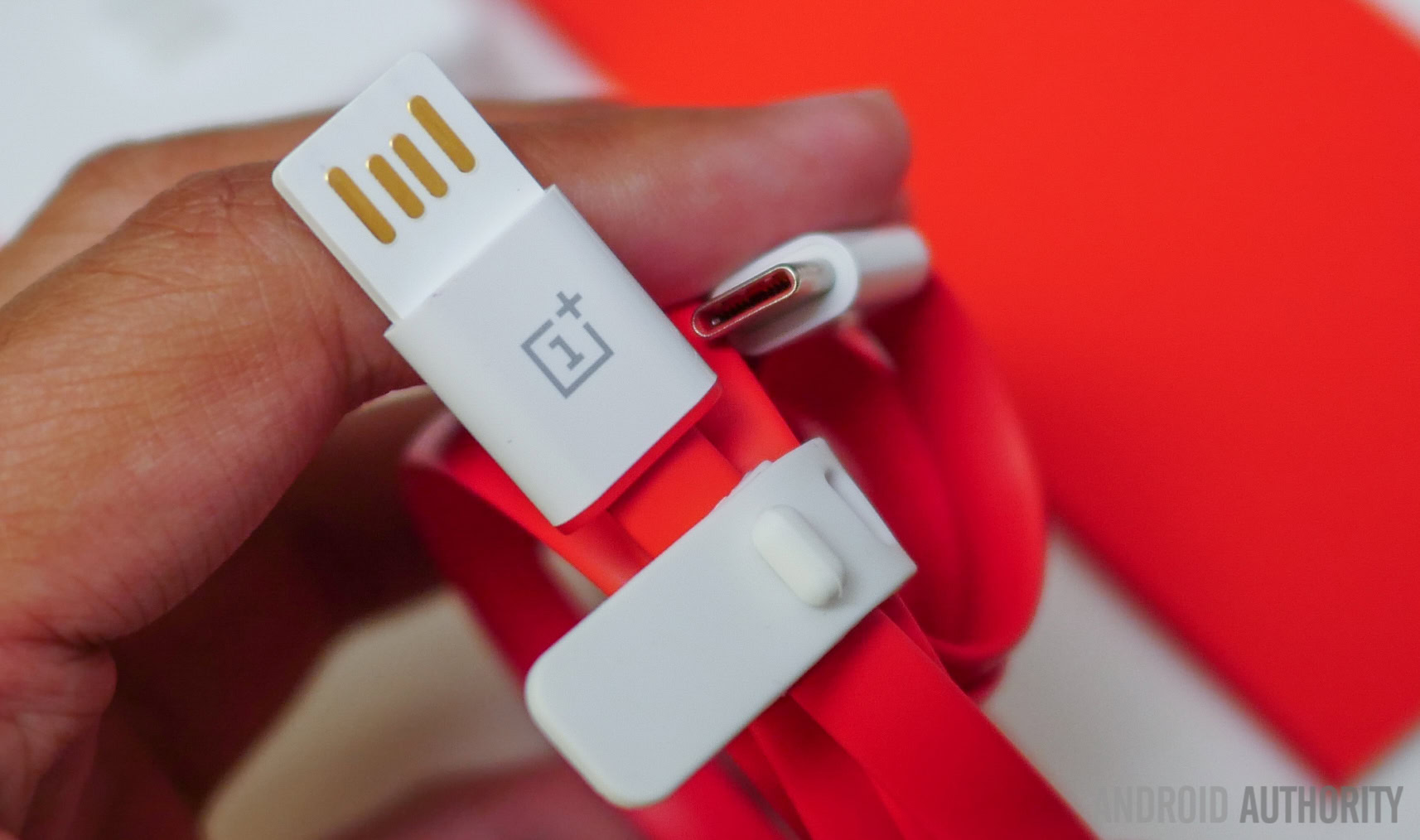
Because USB Type-C is a new format however, it follows that most OEMs are using it for the latest in data cable-related technology, be it high speed data transfer rates or more rapid charging functionality. The problem, however, is quite simple: it’s not backwards compatible.
That’s it. Unfortunately this sole slight is actually a major point of contention: Whereas the ill-fated microUSB 3.0 port Samsung used on the Galaxy S5 and Galaxy Note 3 did allow for a standard USB 2 connector to be inserted, USB Type-C is all new and thus won’t work with anything that is not specifically made for it.
The trouble
When Apple introduced its super slim Macbook last year with nary a port but a sole USB Type-C offering, there was quite a bit of backlash. By the time USB Type-C began to show up in smartphones and tables towards the end of last year – the Nexus 6P, Nexus 5X and Pixel C come to mind – the compatibility problems were even more visible: there were essentially no 3rd party devices that made use of the port.
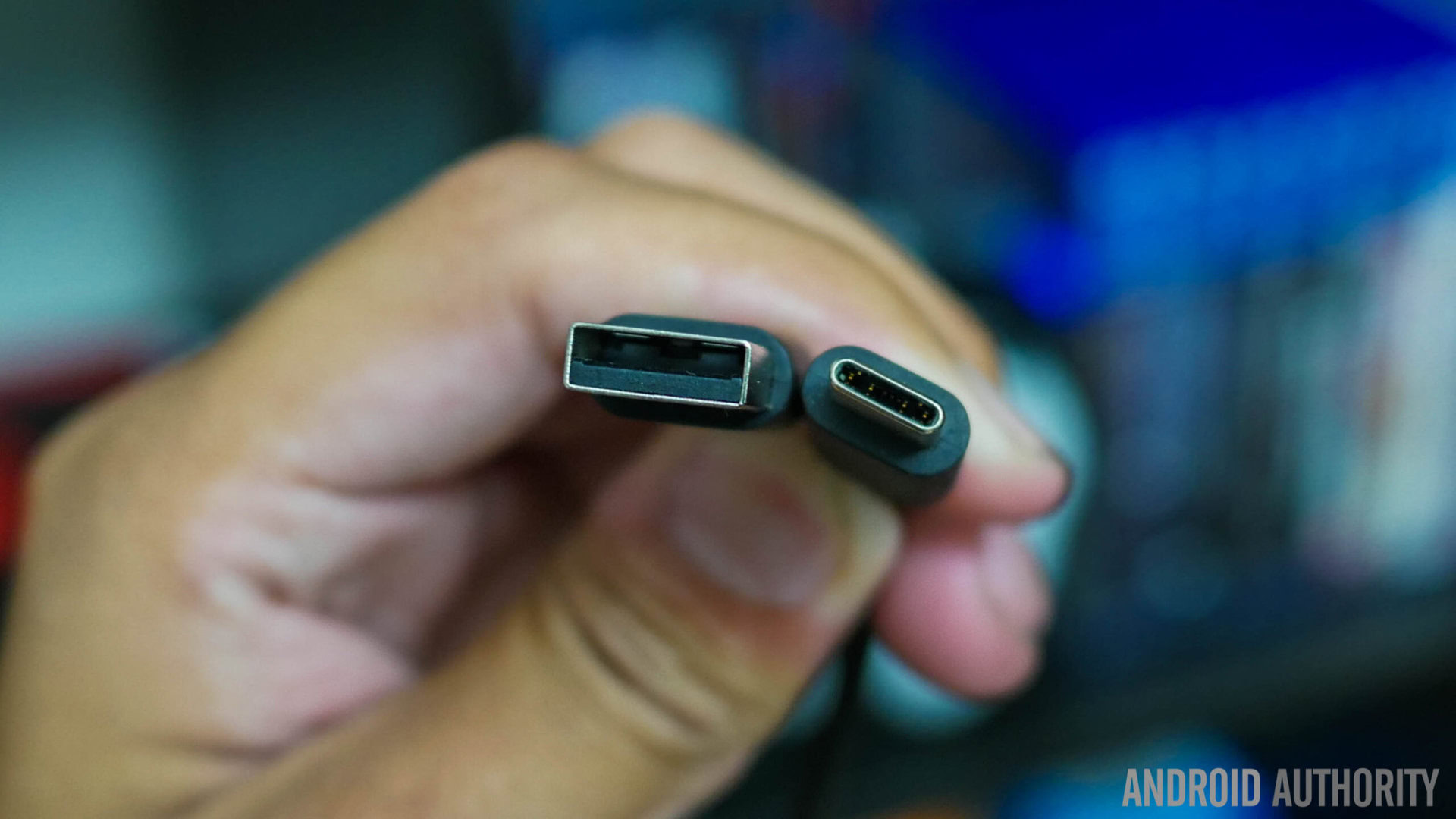
While the Nexus 6P did, thankfully, include a USB Type-C to USB-2 adapter cable – to allow it to work with an “ancient” PC – the Nexus 5X comes with nothing of the sort, making things as simplistic as transferring data from the PC into a very cumbersome proposition. The same held true of the Pixel C when it released in December: no adapter despite a sky-high price for a rather bare-bones offering.
The turmoil
As if the lack of widespread support was not bad enough, major turmoil began to occur when a Google engineer discovered that a third party USB Type-C cable he had purchased basically fried his computer. The story was a minor sensation – small if only for the fact that so few seemed to know what the new standard was – and said individual is now doing the tech world a selfless service by personally examining each one and indicating on Amazon reviews which cables are safe to use.
Suffice to say that the OEMs have always highly recommended customers use only the accessories supplied with their device, and now it literally seems to be a case of life-of-death (of the product).
The tragedy
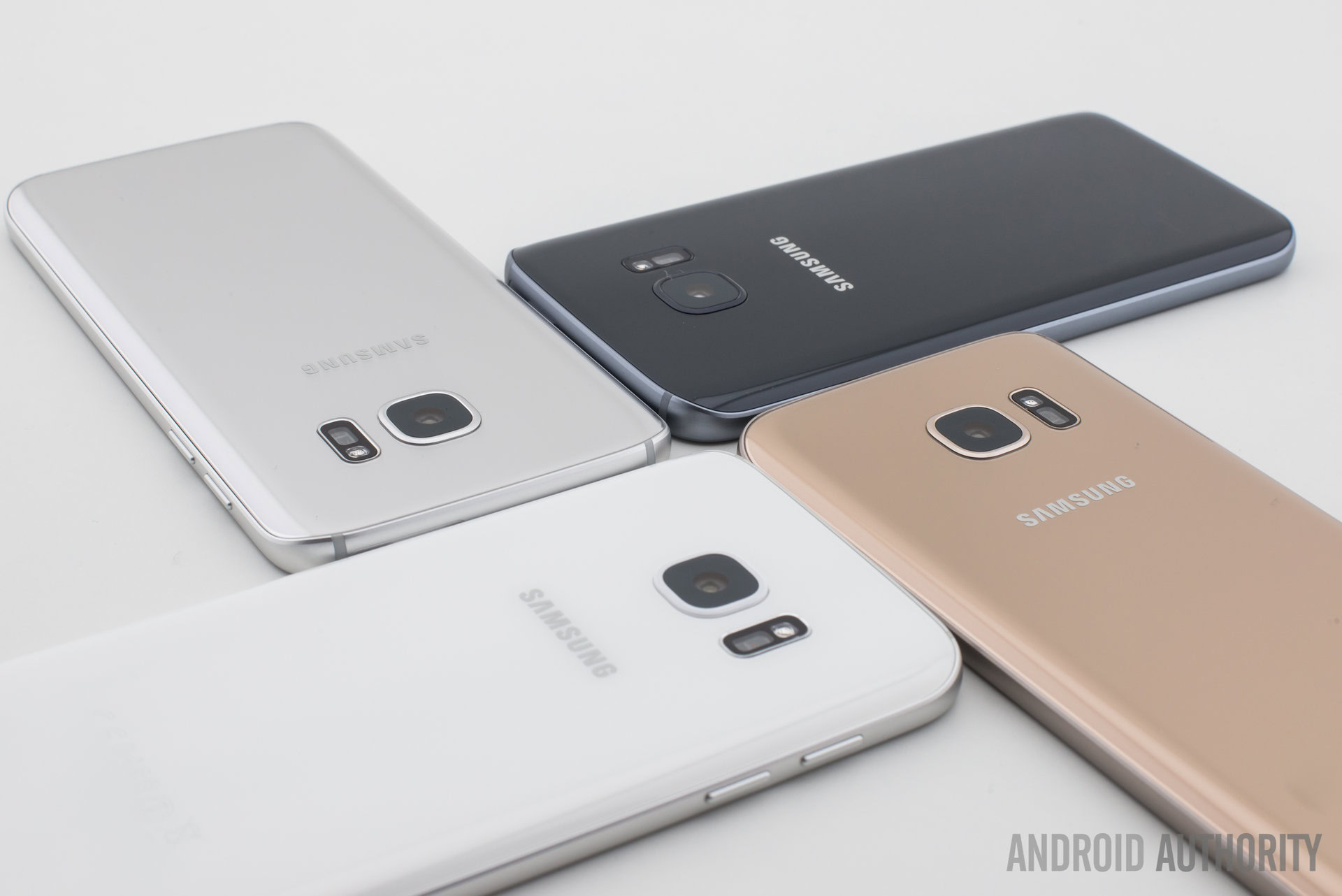
Arguably the biggest blow imaginable to USB Type-C occurred at Mobile World Congress at the end of last month, when Samsung officially unveiled its new Galaxy S7 and Galaxy S7 Edge handsets. Cutting edge in every way imaginable, the pair of products has even brought back fan favorite features such as water resistance and the “all important” microSD support. And yet. Despite a story published by SamMobile claiming exclusive confirmation of the new standard’s presence last fall, USB Type-C is nowhere to be found on either of these products.
If ever there was an opportunity for this new connectivity format to officially take off most-formal, it would have been inclusion in Samsung’s newest devices, as the Galaxy S-series is the top selling smartphone line in the world. Tens of millions of devices are sold each year, far more than several companies entire combined product line ups put together.
How Samsung managed to put out a new phone that has the absolute latest silicon to power it and improved the camera, battery life, and performance yet failed to include the obvious elephant in the room is truly mind-boggling. Even LG was smart enough to see the writing on the wall and included USB Type-C on its brand new LG G5, also announced on what was once (only) Samsung’s big day.
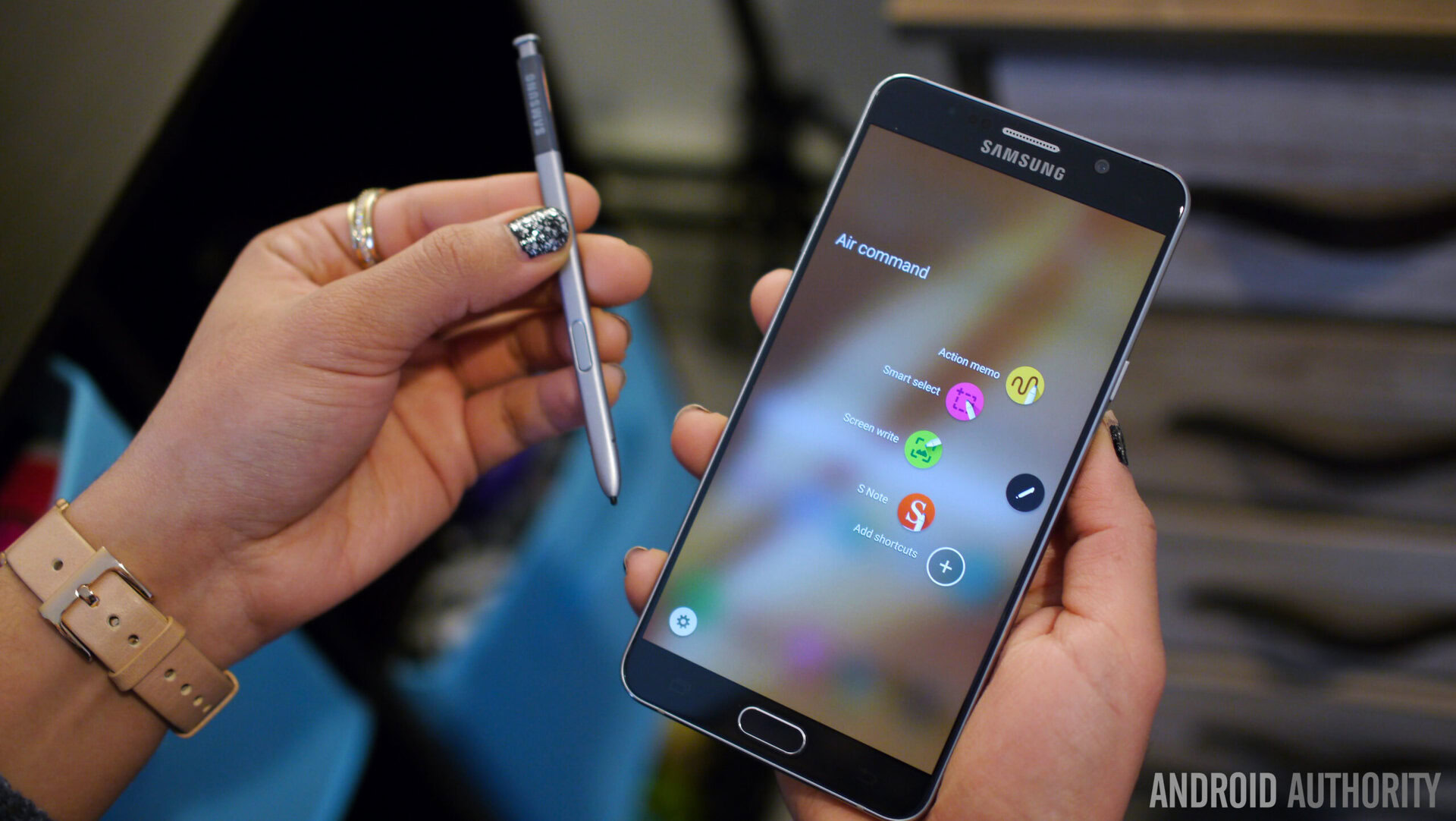
For the sake of argument, assuming SamMobile’s story was in fact, correct at the time of publishing last October, the question remains where USB Type-C is. Perhaps Samsung could not secure a good deal for the component port. Perhaps there were problems sealing it securely in light of the water resistance (after all, the Galaxy S5 had to use a stopper to cover its USB 3.0 port). Perhaps it was a last minute decision. Maybe it was just a false tip-off to begin with.
Figuring out the future
Several OEMs are already making use of USB Type-C. LG, as mentioned above, has two devices now. HUAWEI also has some. Even the newfangled Chinese OEM LeTV makes use of it. And then there are numerous laptop computers that are also getting on the bandwagon. The problem is that until it becomes a truly mainstream mainstay, it will forever be relegated to reconsideration.
Apple was able to make the Lightning Port work not because it was a great change – though in truth it was a major upgrade over its then-existing cable standard – but because if someone wants to buy Apple, they have to buy Apple. With Android however, there are hundreds if not thousands of different phones and countless OEMs making them: if you don’t like what one pitches, you can set your spending on another seller. This is exactly why USB Type-C standard needs a major OEM like Samsung – the largest in the world at that – to get on board, and to do so immediately.
Google may have tried to offer its “suggestion” with the Nexus 6P and Nexus 5X, but until some substantial product takes it and runs arms open and at full speed, consumers simply aren’t going to buy into it, until they are actively convinced there are products to buy that then can plug it in to. The fact that USB 3.0 (the “blue” ports that are normally on laptops) already allows for major advancements in the aging USB-standard yet works with all existing ports is already making it hard enough to imagine buying into “C” for some.
Now that the question has been framed, let the discussion carry on with you, the reader: Is USB Type-C the way of the future or has the gadget world been blinded with science? Feel free to take the quick survey below and then be sure to leave your comments!